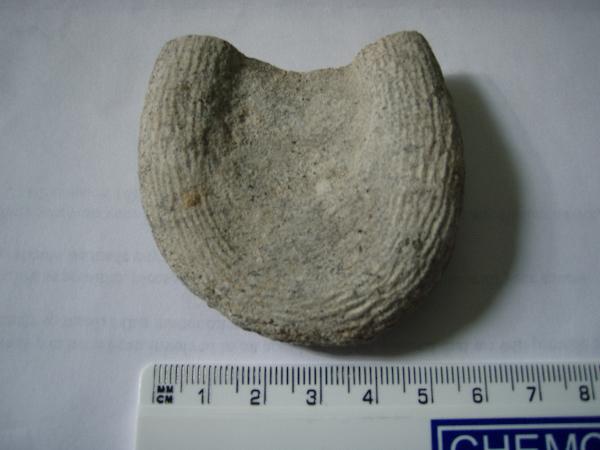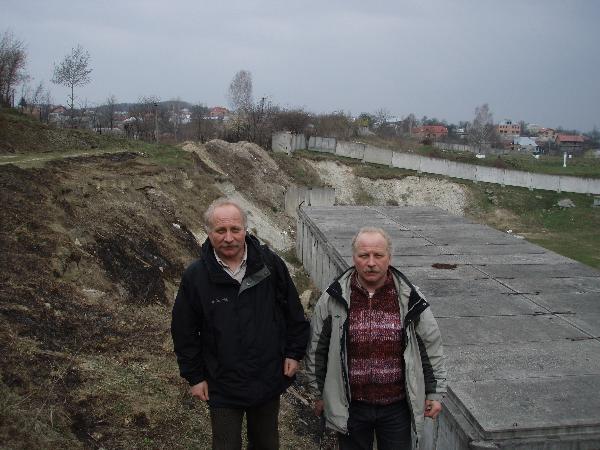Glossifungites Time Gap EarthCache
-
Difficulty:
-

-
Terrain:
-

Size:  (other)
(other)
Please note Use of geocaching.com services is subject to the terms and conditions
in our disclaimer.
Location:- The Znesinia Hill outcrops may be accessed by public transport (tram) or by car about 3km east of Lviv, Ukraine. The outcrop is located on open land surrounding abandoned water-works buildings.
General: Ichno-fossils or trace fossils are the preserved footprints of former biological life or activity. Glossifungites saxicava was first described from the Znesinia Hill area, Lviv by the Polish researcher Lominicki in 1886. Some 100 years later further research has highlighted the significance of the Glossifungites ichnofacies as an important discontinuity surface, or Time Gap, important to sequence stratigraphy.
Glossifungites saxicava is believed to be the trace fossil of a crustacean (for example a crab), mollusk or shell-fish which lived and fed whilst burrowing into the softer part of the sea floor. It is a ‘U’ shaped cast in the overall shape of a lobe or tongue comprised of an outer cylindrical rim (marginal tunnel) encasing a flatter central matrix. The upper open end of the “U’ is the proximal (sea-floor front door) living end of the fossil. Typical specimens from this locality are 5 to 10 cm in width and up to 13 cm long. The marginal tunnel ranges from 8 to 16 millimeters in diameter. The surface of the marginal tunnel is characterised by longitudinal parallel scratches. Bullet shaped Belmenites may also be found in the Glossifungites ichnofacies
The Glossifungites at this location occur in a 15 cm-thick layer at the top of a white creamy Cretaceous marlstone of Maastrichtian age (65-70 million years ago). The fossil sea floor where the “Glossifungites” occur is almost flat and is densely penetrated by the “Glossifungites” which occur at around 75 specimens/square metre. The Cretaceous rocks are overlain by white, fine- to medium grained quartz sandstones and about 1.5 to 2 metres above these is a hard, tightly cemented and weather resistant sandstone; all these sediments contain fossils, bivalves, coralline algae (Lithothanmnium) of Lower Miocene (Badenian) age and less than 23 million years old. The fossil seafloor represented by the Glossifungites therefore represents a hiatus or time gap for which all evidence of the Paleocene, Eocene and Oligocene are absent at this location.
Additional Information: Professional Paper entitled “The Glossifungites Ichnofcies in the Area of its Nomenclatural Archetype, Lviv, Ukraine” published in Ichnos Journal, 2000, Volume 7(3) pages 183-193 by Alfred Uchman, Ighor Bubniak and Andrew Bubniak.


To log this Earthcache you are required visit the site, carefully read this description and to answer the following questionsn (in english please)
Question 1. What are the names of the two geologists photographed at the EarthCache?
Question 2. Is the photographer facing north, south, east or west?
Question 3. What is the thickness of the hard weather-resistant, Badenian Sandstone?
Question 4. What is the time gap (in millions of years) represented by the Glossifungites ichnofacies?
Additional Hints
(No hints available.)